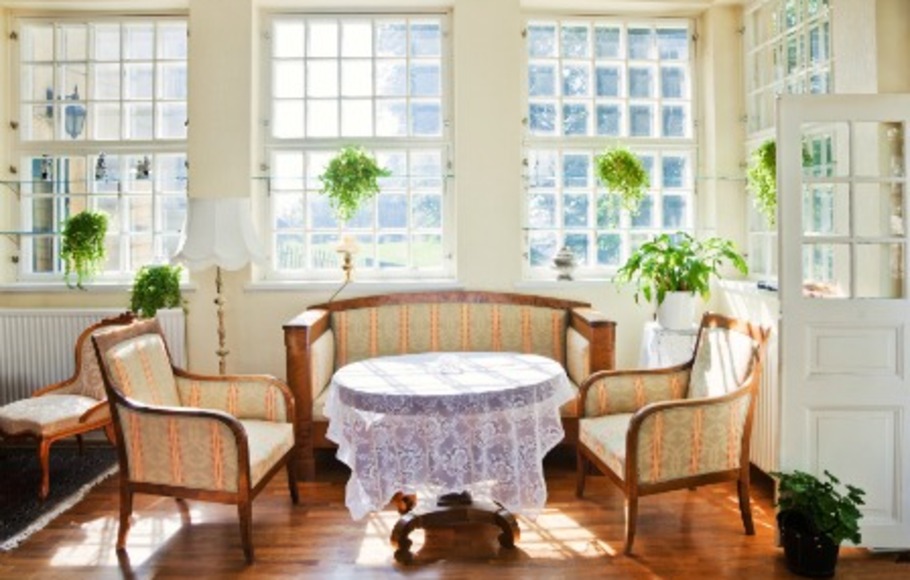
Easy Ways to Improve Indoor Lighting
- Introduction
Indoor lighting is more than just a practical necessity; it’s a crucial element that defines the ambiance of our living spaces. In this article, we’ll explore easy and effective ways to enhance your indoor lighting, creating a welcoming and functional atmosphere.
- Benefits of Good Indoor Lighting
The impact of indoor lighting extends beyond mere visibility. Well-designed lighting can influence our mood, boost productivity, and significantly improve the overall aesthetic appeal of our homes. Understanding the benefits of good indoor lighting sets the stage for creating a more comfortable and enjoyable living environment.
III. Common Lighting Issues
Before diving into improvements, it’s essential to identify common lighting issues. Insufficient brightness, poorly placed fixtures, and choosing the wrong color temperature can all contribute to suboptimal lighting conditions. Recognizing and addressing these issues is the first step toward achieving better indoor lighting.
- Selecting the Right Lighting Fixtures
Choosing the right lighting fixtures involves considering the unique needs of each room. From ambient lighting in the living room to task-specific lighting in the kitchen, understanding the role of each fixture is crucial. Additionally, incorporating natural light sources wherever possible can contribute to a more dynamic and inviting atmosphere.
- Energy-Efficient Lighting Solutions
Embracing energy-efficient lighting options not only benefits the environment but also your wallet. LED and CFL bulbs, as well as the use of dimmer switches and smart lighting technologies, provide sustainable solutions without compromising on style or functionality.
- Lighting Placement Strategies
Effective lighting involves creating layers of light that cater to different needs and moods. Strategically placing fixtures and focusing on task-specific lighting, such as reading lamps or pendant lights over workspaces, enhances the functionality of each area.
Read more on:
VII. Choosing the Right Color Temperature
Understanding the difference between warm and cool lighting is essential when choosing bulbs. Matching the color temperature to the function of each room—warmer tones for relaxation areas and cooler tones for task-oriented spaces—contributes to a well-balanced and visually appealing environment.
VIII. DIY Lighting Upgrades
Improving indoor lighting doesn’t always require major renovations. Simple DIY changes, such as updating lampshades or incorporating decorative lighting elements like fairy lights, can have a significant impact on the overall atmosphere.
- Lighting and Interior Design
Harmonizing lighting with interior design elements is a key consideration. Properly chosen fixtures can enhance the visual appeal of your decor and draw attention to focal points in each room, creating a cohesive and inviting space.
- Lighting Maintenance Tips
Regular maintenance is crucial to ensure optimal performance. This includes cleaning fixtures, replacing bulbs as needed, and addressing any flickering or dimming issues promptly. A well-maintained lighting system ensures longevity and consistent brightness.
- Lighting Trends and Innovations
Staying updated on modern lighting trends allows you to incorporate innovative solutions into your home. From smart lighting systems to artistic fixtures, exploring new possibilities can add a touch of contemporary style to your living spaces.
XII. Cost-Effective Lighting Improvements
Improving indoor lighting doesn’t have to break the bank. Budget-friendly options, such as rearranging furniture to maximize natural light or strategically placing mirrors to reflect light, can make a substantial difference without major financial investment.
XIV. Conclusion
Enhancing your indoor lighting doesn’t require a complete overhaul. By making strategic choices in fixtures, considering energy-efficient options, and incorporating cost-effective improvements, you can transform your living spaces. Take the time to understand the unique lighting needs of each room, and enjoy the benefits of a well-lit, inviting home.
XIII. Frequently Asked Questions (FAQs)
How can I improve natural light in my home?
- Explore options like sheer curtains, reflective surfaces, and strategically placed mirrors to maximize natural light.
Are LED bulbs worth the investment?
- Yes, LED bulbs are energy-efficient, have a longer lifespan, and offer a variety of color temperatures.
What’s the best way to light a home office?
- Use task lighting, such as desk lamps, to illuminate specific work areas, and complement it with ambient lighting for a well-lit workspace.
Can lighting affect my sleep patterns?
- Yes, exposure to bright, cool-toned light in the evening can disrupt sleep patterns. Consider warmer-toned lighting in the evening.
How often should I replace lightbulbs?
- Replace bulbs as soon as they burn out, and consider updating to more energy-efficient options for long-term savings.


